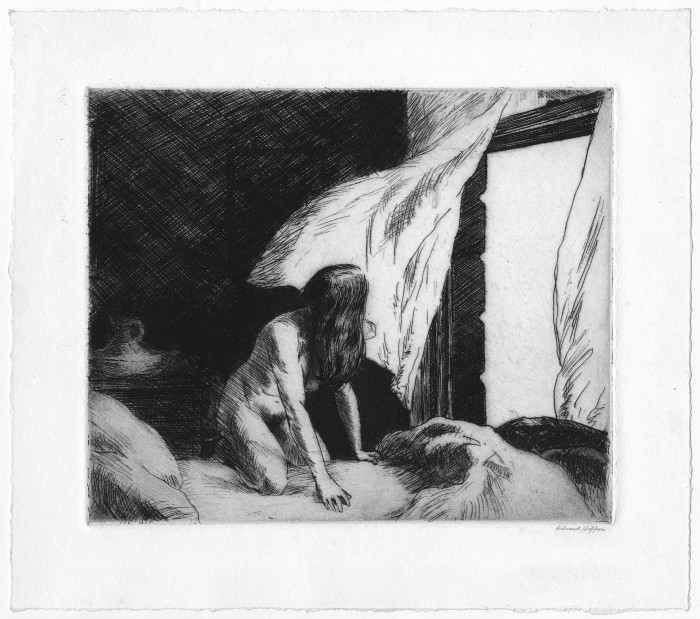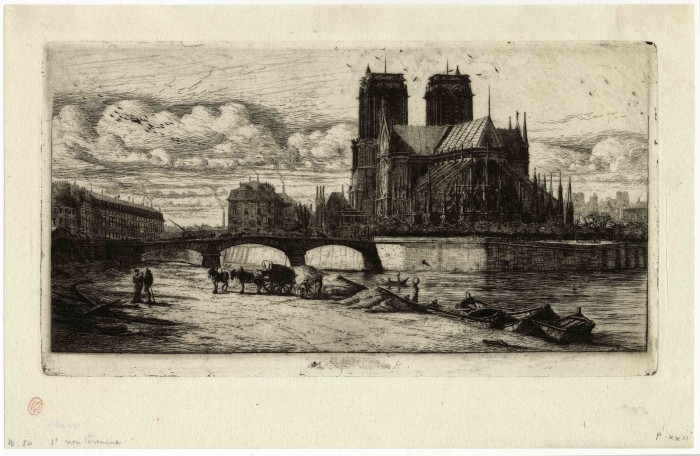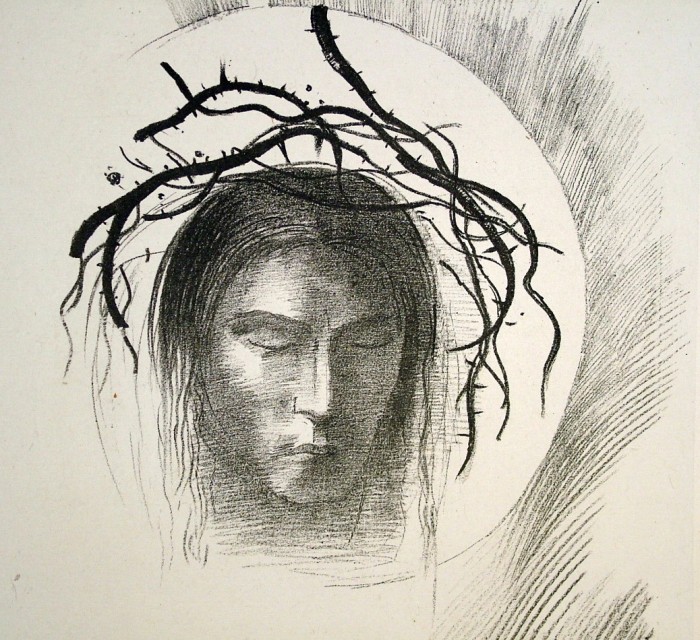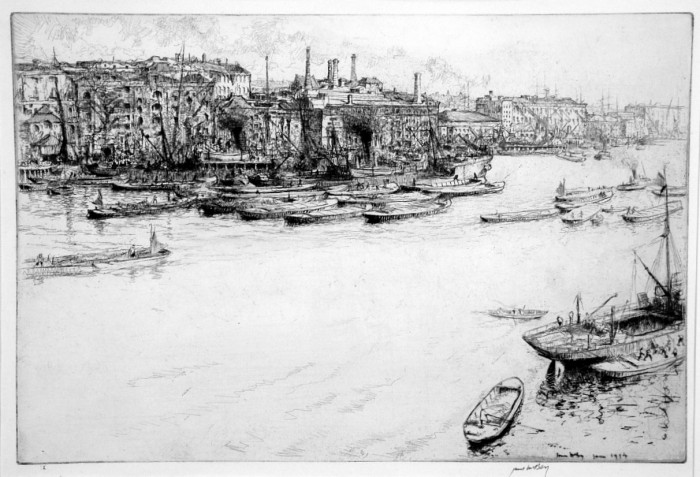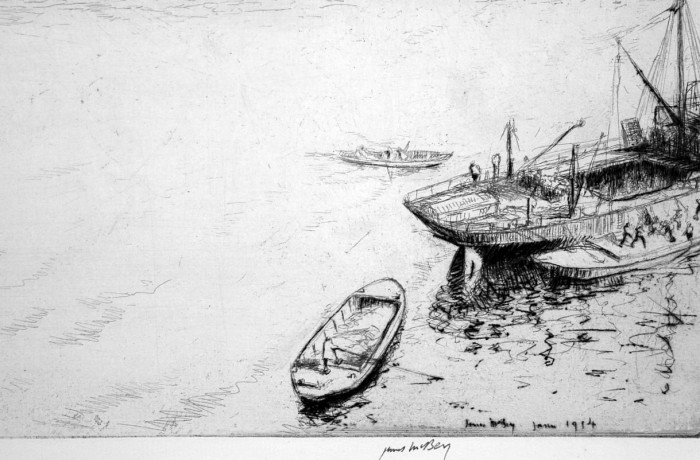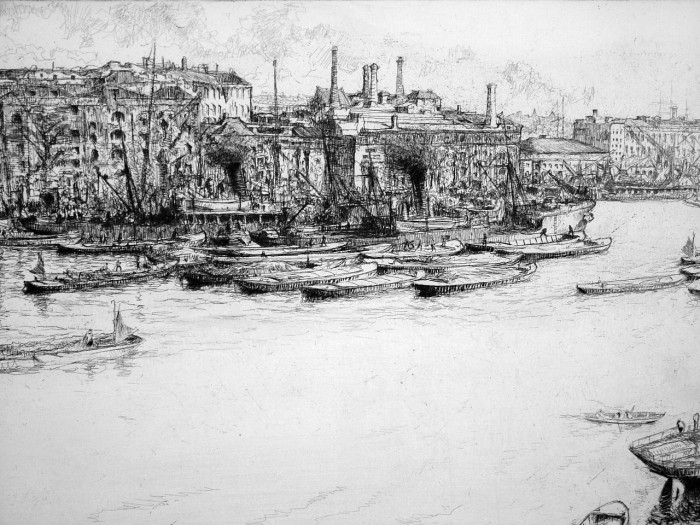The Rat Catcher
Thursday, April 25th, 2013Rembrandt Harmensz. van Rijn
1606 Leiden – Amsterdam 1669
The Rat Catcher 1632
etching; 140 x 125 mm (5 1/2 x 4 7/8 inches)
Bartsch 121, White/Boon third (final) state (of three); Hind 97
watermark
double-headed eagle (Hinterding, vol. 2, p. 109, variant A.a.b, vol. 3, p. 177 ill.)
provenance
P. & D. Colnaghi & Co., London (their stock nos. in pencil on verso C 14174 and C 30912)
private collection; sale, Sotheby’s, London, March 19, 2013, lot 52
A fine, early impression of this rare print; in excellent condition with small margins all round.
The first state of this print (before the shading to the right of the box of rat poison the boy is holding) is known in only two impressions; the second state (with the shading on the box but before additional shading in the foliage over the rat killer’s head) is known in one impression (Rothschild Collection, Paris). The plate is not in existence.
The watermark in this impression is known to Hinterding only in the unique second-state impression in the Rothschild collection in the Louvre; this confirms that this is indeed an early pull from the plate in its final state.
Rembrandt’s Rat Catcher is composed of elements he used earlier, e.g., the pedlar himself was after the Man with Hands Behind His Back (Bartsch 135) of 1631; and the man in the house resembles bearded characters in Rembrandt paintings of the period. The lightly etched landscape and farmhouse in the distance create a sense of depth, and represent a rather rare appearance of landscape for Rembrandt in the 1630s.
The rat catcher was frequently depicted by artists before Rembrandt, and even more frequently after Rembrandt’s version, including many copies clearly derived from Rembrandt’s composition.


